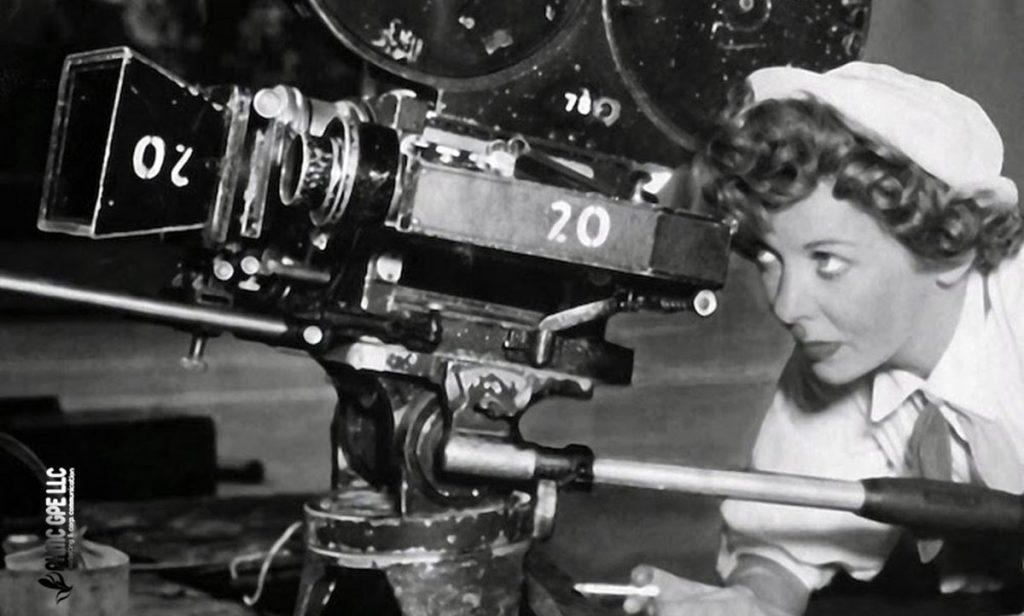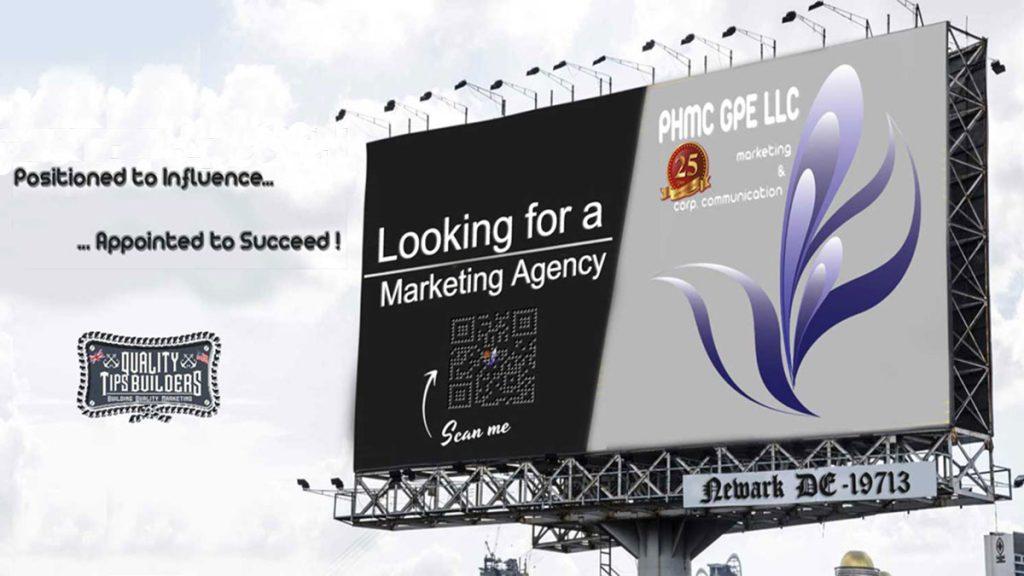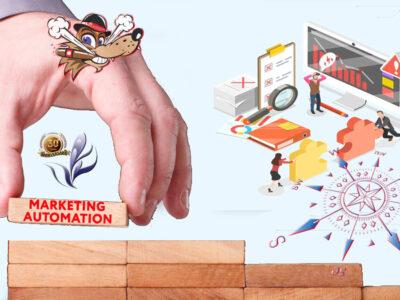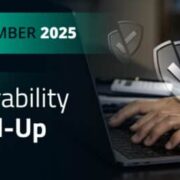Post Views: 3,861
Video marketing is crucial in the 21st Century, with diverse formats like short-form, explainer and testimonial videos driving engagement across platforms.
Today, we’ll highlight key types of video marketing strategies to consider, helping businesses leverage the growing demand for video content. Whether you’re aiming to boost brand awareness, enhance customer retention or achieve growth, video can be your most effective tool.
You also learn how to offer a comprehensive solution for all your video marketing needs, blending human expertise with AI-powered production to deliver high-quality, impactful content at scale. B2B video marketing is a staple for today’s businesses with more than 90 percent of companies leveraging the medium to reach target audiences. The dynamic and versatile medium helps B2B companies connect with decision-makers effectively.
It’s pretty hard to go anywhere online these days without coming across a video. Just think about the last time you scrolled through Instagram, Facebook, or Twitter and paused on a post. It was probably a video that caught your attention, right?
According to Wyzowl’s Video Marketing Report, individuals watch an average of 17 hours of video content each week. Brands that leverage video to connect with their target audiences can meet individuals where they are across the channels they already interact with. By producing a diverse range of video styles, from product demos to thought leadership interviews, B2B marketers drive engagement, build credibility, and accelerate business growth.
Continue Reading
10 Types of B2B Marketing Videos
Like with all other marketing initiatives, there is no one-size-fits-all strategy to make video a powerful asset. When developing your B2B marketing video strategy, here are some common types to consider:

1. Brand Videos
Give viewers a high-level introduction to your vision, mission, culture, products, and services with brand videos. They help target audiences get a sense of the “who,” “what,” “why,” and “how” of a business. Brand videos can take several forms from short social media clips to longer, more in-depth pieces. They are ideal for websites and can be shared across other digital platforms to drive brand awareness, attract leads, and boost conversions.
2. Product and Service Demonstrations
Demonstration videos have been a sales staple for years and are especially helpful when it’s not possible to connect with prospects and clients in person. An effective demonstration video highlights key features, benefits, and real-world applications. This type of video enables potential buyers to understand exactly how your products and services solve their pain points and why your company is better than the competition.
3. Explainer Videos
These videos show viewers how something works in a simple, engaging way. Often, explainer videos communicate the benefits of a product or service and provide a high-level overview of how they work. Companies like Microsoft Azure, Grammarly, Fiverr use explainer videos to establish their organizations as experts and guide viable leads into the sales funnel. In fact, 91 percent of viewers report watching explainer videos to learn more about a business’ products and services.
4. Customer Testimonials and Case Studies
By offering first-hand accounts of satisfied customers, video testimonials build trust and credibility. They create social proof, which is a powerful way to convince prospects of the value of your company and its products and services. Case studies take testimonials a step further. Rather than featuring a client speaking about their experience, these videos offer a holistic view of how your product or service solved a problem or improved their business. Both formats help deliver a compelling story about your company, especially when they include measurable, positive outcomes.
5. Training and How-To Videos
Instructional, training, and how-to videos support existing customers and nurture leads. They can be used to onboard new clients, troubleshoot common challenges, or explore advanced features. In addition to enhancing the user experience, these videos can reduce pressure on customer support teams.

6. Event Teasers, Live Streams, and Recaps
Teaser videos generate interest and encourage attendance at company-sponsored webinars, panel discussions, trade shows, and other programs. Include clips of featured speakers or snippets of past events to increase excitement. Live streaming videos allow audiences to attend programs when they can’t be there in person. Whether they offer highlights or comprehensive coverage, live streams don’t need to be highly produced to be effective. After the event, recap videos offer condensed, consumable highlights of activities. They can underscore the event’s success and begin building interest for the next iteration.
7. Thought Leadership and Expert Interviews
Establish industry expertise and thought leadership through interviews with internal leaders or industry influencers. These videos provide valuable insights about news, trends, and unique perspectives—positioning your company as a trusted resource.
8. Webinars and Podcasts
Extend the reach of your live webinar by offering recordings or highlights after the event. Video recordings of podcasts offer an engaging way to present in-depth discussions. Surprisingly, only 17 percent of podcasters record videos of their episodes, offering a competitive advantage for those who do. These long-form videos help educate prospects, address common challenges, or discuss timely topics.
9. Social Media Shorts and Stories
Short and snappy videos for social media capture the attention of followers. Platforms reward accounts that post frequently, so introduce new videos consistently. Pin FAQ, brand introduction, and other popular videos to the top of your page so they are the first thing viewers see when they visit your account.
10. Personalized Videos
Videos don’t have to be professionally produced to be effective. Personalized video messages recorded from a desktop or laptop computer can engage prospects, strengthen relationships, and connect with target audiences in a meaningful way.

Quality Over Quantity
Videos are an effective way to sway purchase decisions and build brand awareness. They make a personal and emotional connection that cannot be replicated by text alone. Artificial intelligence and other tools help brands bring production in-house to speed content generation and manage costs. Still, quality matters. While consumers seek video content to help them better understand brands and their offerings, sub-par quality can tarnish a brand’s image.
To ensure long-term organizational success, incorporating video into a comprehensive marketing program is essential. For organizations with limited budgets and technological skill sets, B2B video marketing can be daunting. The key is to approach it strategically, focusing on your internal strengths and outsourcing when necessary.
Begin with small steps and prioritize overall business goals when integrating video into existing strategies.
Discover More:
***





















Comments